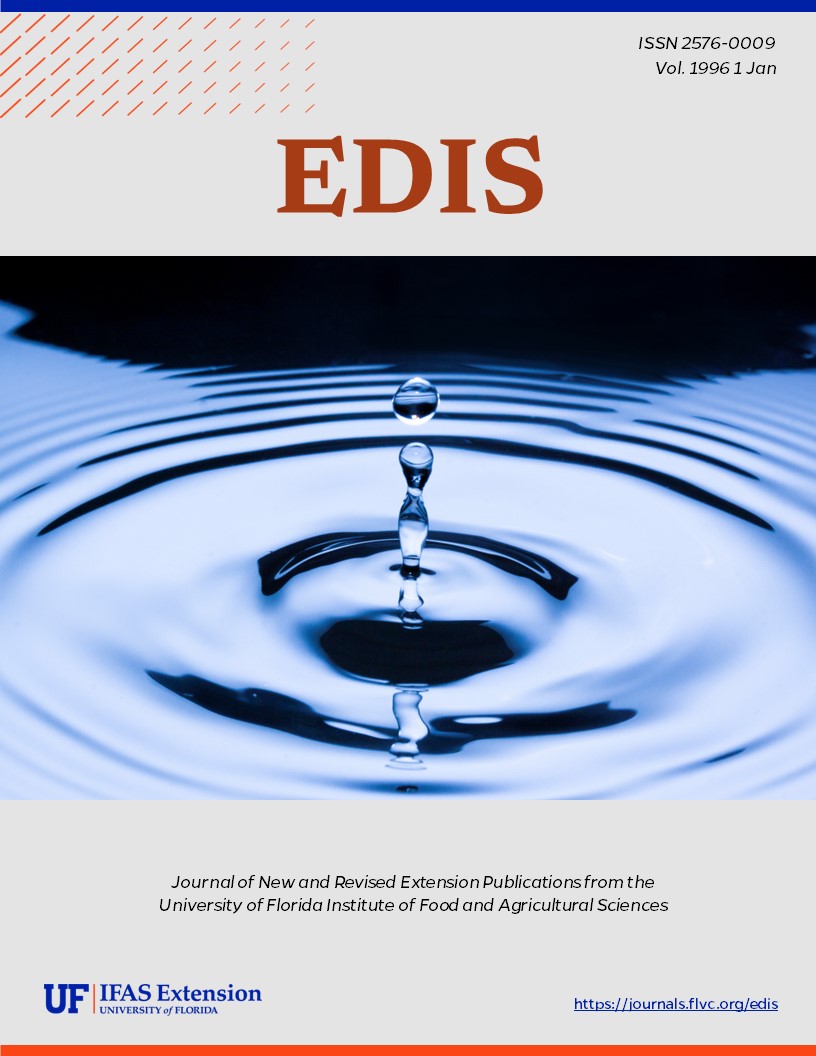Abstract
The purposes of this paper are: to present a scientific framework for managing urban natural areas; to discuss general ecological issues and management concerns identified from our early efforts at applying this approach to Broward County ESL sites; and to discuss the Pine Island Ridge ESL site as a case study.
References
Adams, L.W. and L.E. Dove. 1989. Wildlife Reserves and Corridors in the Urban Environment. Nat. Inst. for Urban Wildlife. Columbia, Md. 91 pp.
Bedward, M., R.L. Pressey and D.A. Keith. 1992. A new approach for selecting fully representative reserve networks: addressing efficiency, reserve design and land suitability with an iterative analysis. Biol. Conserv. 62:115-125. https://doi.org/10.1016/0006-3207(92)90932-D
Carr, R.S. 1991. An Archaeological Survey of Broward County: Phase 1. Tech. Rept. 34 . Archaeological and Historical Conservancy, Miami, FL.
Coblentz, B.E. 1990. Exotic organisms: a dilemma for conservation biology. Conserv. Biol. 4:261-265. https://doi.org/10.1111/j.1523-1739.1990.tb00287.x
Cocks, K.D. and I.A. Baird. 1989. Using mathematical programming to address the multiple reserve selection problem: an example from the Eyre Peninsula, S. Australia. Biol. Conserv. 49:113-130. https://doi.org/10.1016/0006-3207(89)90083-9
Grumbine, E. 1990. Protecting biological diversity through the greater ecosystem concept. Nat. Areas J. 10:114-120.
Hammitt, W.E. and D.N. Cole. 1987. Wildland Recreation: Ecology and Management . J Wiley. New York. 341 pp.
Holling, C.S. 1978. Adaptive Environmental Assessment and Management . J. Wiley. Chichester, England. 377 pp.
Jones, K.J. 1986. Inventory and monitoring precess. In: Cooperrider, A.Y., R.J. Boyd, and H.R. Stuart (eds.), Inventory and monitoring of wildlife habitat. U.S. Dept. Inter., Bur. Land. Manage. Service Center. Denver, Co. 858 pp.
National Research Council. 1986. Ecological knowledge and environmental problem solving. National Acad. Pr. Wash., D.C. 388 pp.
Noss, R.F. and A.Y. Grumbine. 1994. Saving Nature's Legacy: protecting and restoring biodiversity. Island Press. Wash. D.C. 416 pp.
Quinby, P.A. 1986. A review of the selection and design of the forested Nature Reserves in Algonquin Park, Ontario. Nat. Areas J. 6:3-12.
Ruth, H.S. 1990. Risk Identification Techniques for Land Managers. Urban Wildlife Manager's Notebook - 18. Supp. to Urban Wildlife News. XI(3). Nat. Inst. for Urban Wildlife, Columbia, Md. 4 pp.
Schmitz, D.C. and T.C. Brown. 1994. An Assessment of Invasive Non-Indigenous Species in Florida's Public Lands. Bur. Aquatic Plant Management. Fl. DEP Tech. Rept. TSS-94-100.
Soil Conservation Service. 1984. Soil Survey of Broward County Florida, Eastern Part. USDA Gainesville, FL. 123 pp., maps.
Soule, M.E. 1991. Land use planning and wildlife maintenance: guidelines for conserving wildlife in an urban landscape. J. Amer. Plan. Assoc. 57:313-323. https://doi.org/10.1080/01944369108975502
Tylka, D.L. and E.A. Cook. 1986. St. Louis Vegetative Cover Study. Integrating Man and Nature in the Metropolitan Environment. Proc. Nat. Symp. Urban Wildlife. Pp 43-46.
Westman, W.E. 1985. Ecology, impact assessment, and environmental planning. J. Wiley. New York. 532 pp.
Westman, W.E. 1990. Park management of exotic plant species: problems and issues. Conserv. Biol. 4:261-265. https://doi.org/10.1111/j.1523-1739.1990.tb00286.x
White, P.S. and S.A. Bratton. 1980. After preservation: philosophical and practical problems of change. Biol. Cons. 18:241-245. https://doi.org/10.1016/0006-3207(80)90001-4

